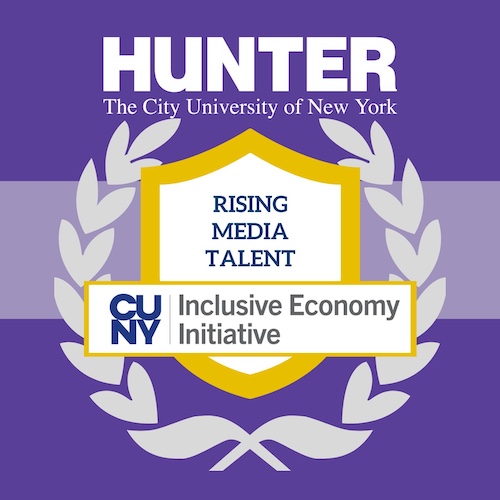
Former CNN reporter Mary Snow taught Hunter News Now students an important lesson about a journalist’s job during an emergency: report on what you know. “Your job is to get the facts out without adding to the sense of panic,” said Snow, who was a CNN correspondent for 11 years. “Do not report anything you are not 100 percent sure of.”
Snow told students that lesson has always served her well, especially when making split-second decisions before going on air. That’s precisely what happened just before a live shot in Newtown, Conn. in 2012 after a school shooting left 26 dead. Reporters heard an early report of the gunman’s name, but since Snow could not verify it, she did not mention it in her update. In fact, the name was wrong—the one that was circulating was the gunman’s brother. “There’s a huge potential for misinformation in these situations.. and so much pressure to get the story first, but accuracy always trumps speed,” Snow said.

Snow is now a polling analyst for Quinnipiac University Polling. She works with the team that writes polling questions and then explains the results to the public. “I’ve changed careers but continue to tell stories,” Snow said.
Polls are just a snapshot of public opinion at one moment in time, according to Snow, but they can be beneficial to journalists reporting on how the people feel about different candidates or issues. She says the best polls are done by an independent research group that calls random landline and cell phone numbers. Another thing to look for is the sample size: the larger the sample, the smaller the margin of error.
“Polling is not an exact science. You can’t sample every person,” said Snow, adding that polling got a bit of a bad reputation in 2016 when many predicted Sen. Hillary Clinton would win the election. “In fact, most polls said the race was too close to call.”
Snow will be teaching MEDPL 283: News Video Reporting in the fall.

